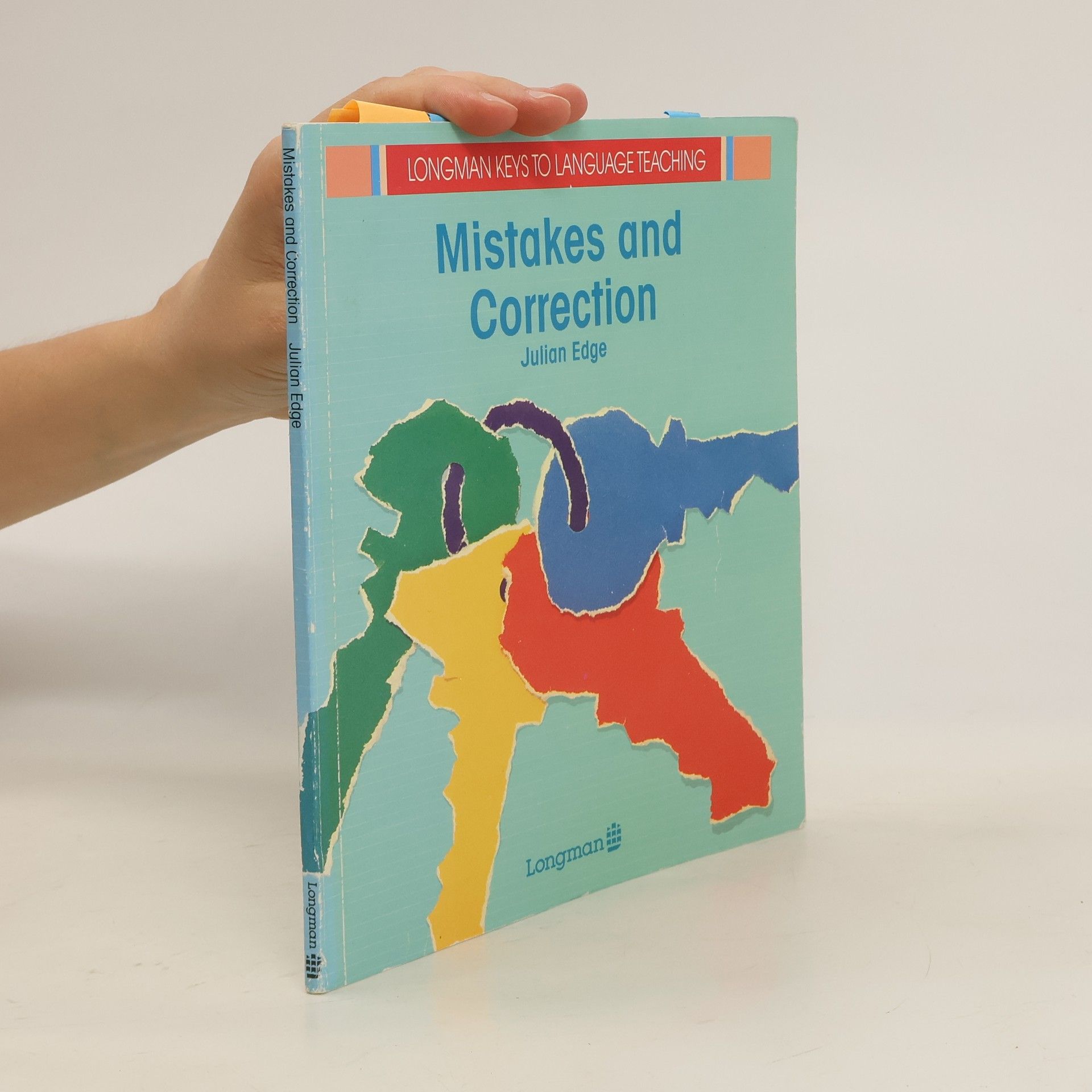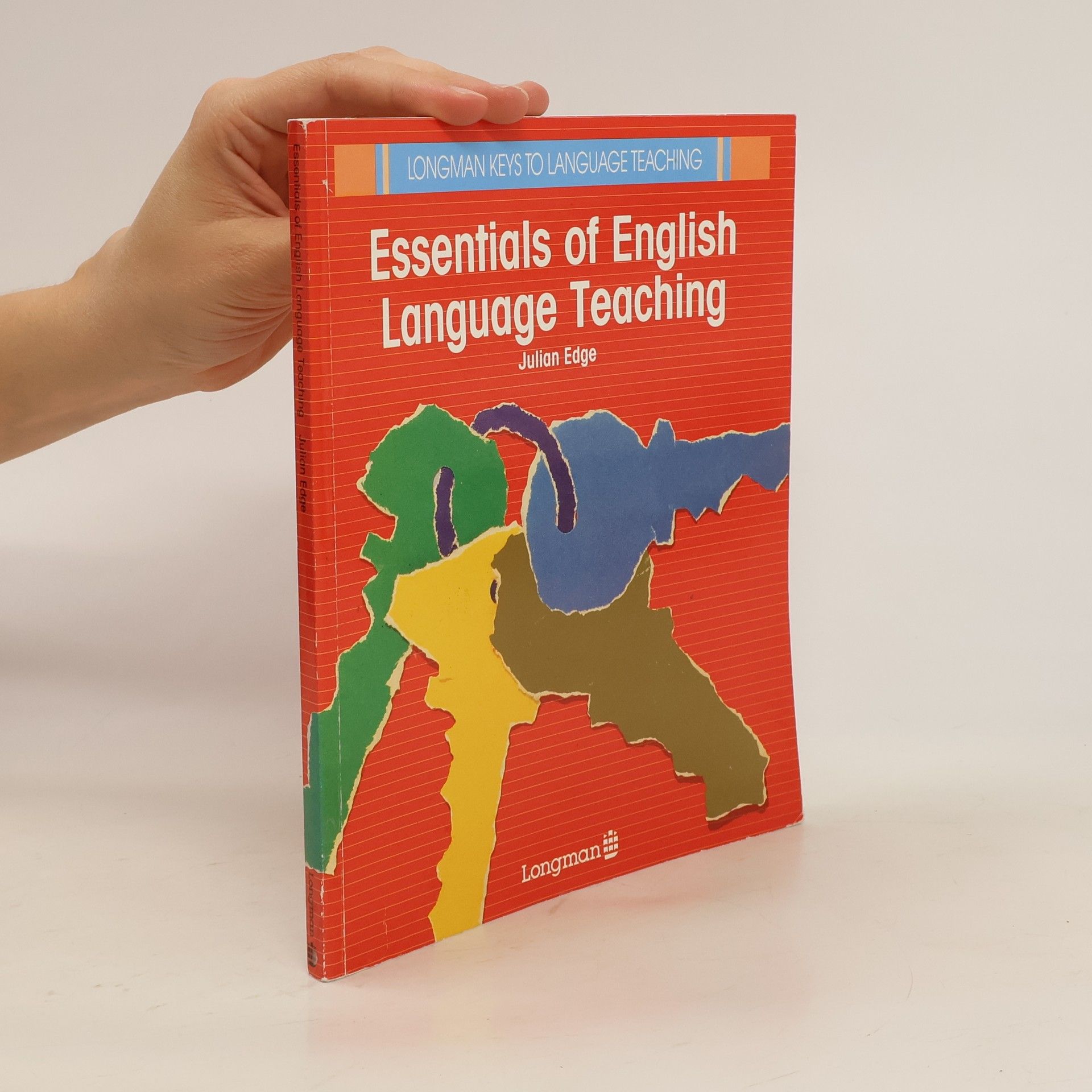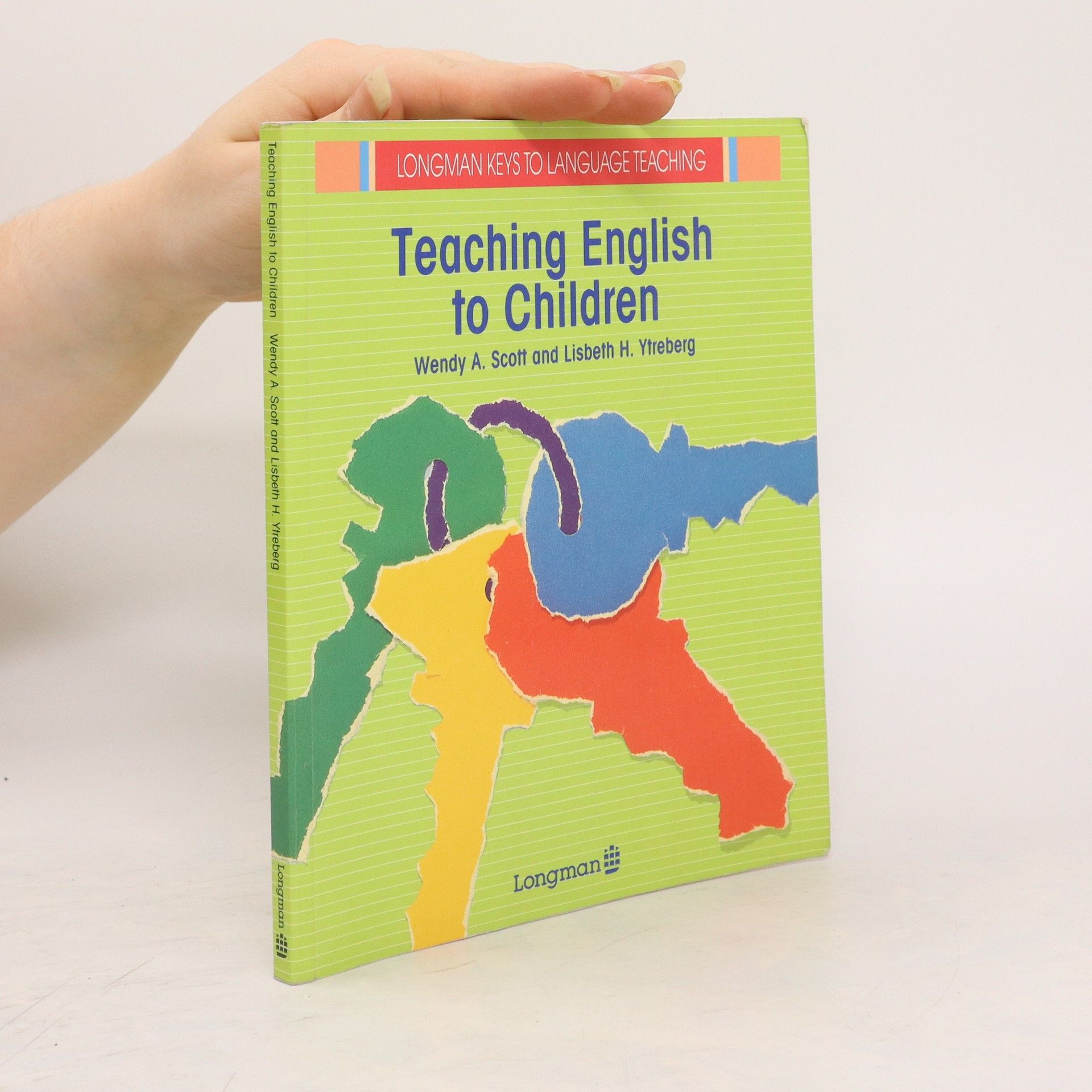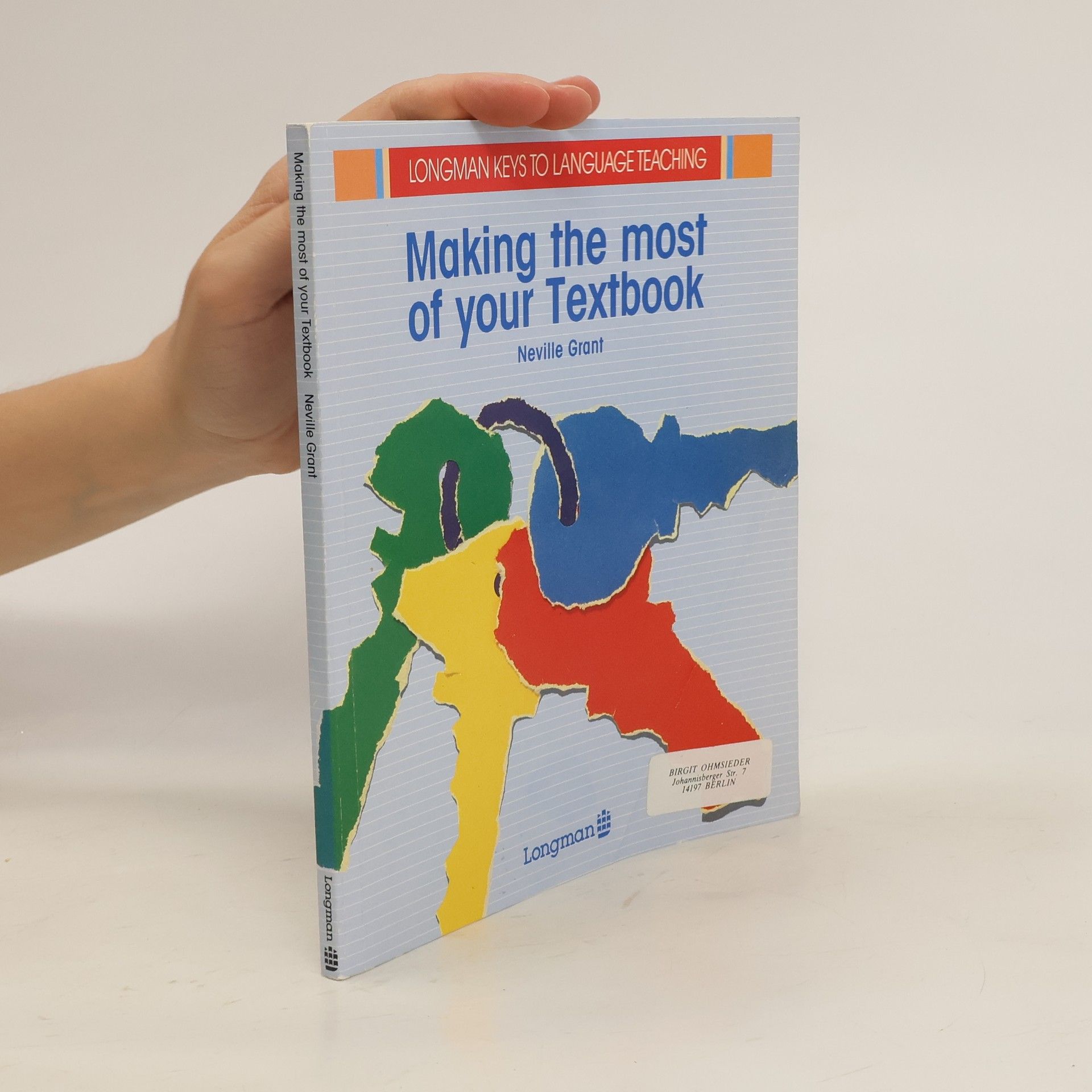This book encourages the teacher to see mistakes as an important part of the learning process. It looks at the different kinds of mistakes that learners make and offers practical advice on when to correct mistakes and when to leave them, and on how best to correct them in both written and oral work. It includes chapters showing the teacher how to adopt a positive attitude towards mistakes and how to use them as a vital tool in encouraging the students' progress in English. The author looks at the need to balance accuracy and fluency and gives practical suggestions on how to correct students' mistakes whilst maintaining their enthusiasm for English and encouraging them to speak freely. The author gives advice on different correction techniques and activities to help teachers try out new techniques in their own classrooms. Examples of exercises and activities from coursebooks are given, together with student responses, and the author shows how these may be corrected with the maximum benefit to the student and the class as a whole.
Longman Keys to Language Teaching Séria
Táto séria sa ponorí do hlbín lingvistiky a pedagogiky a skúma najúčinnejšie metódy výučby jazykov pre moderných študentov. Ponúka pohľad na teoretické základy aj praktické stratégie pre učiteľov na všetkých úrovniach. Cieľom je inšpirovať inovácie a poskytnúť nástroje na úspešné odovzdávanie jazykových zručností.






Odporúčané poradie čítania
* Chapters on the four skills with useful games and activities which children will enjoy as they learn these skills * Helpful ideas for ways to organise your lessons , create the right atmosphere and what to do when things go wrong
The Longman Keys to Language Teaching series is intended especially for ordinary teachers. The books in the "Keys" series offer realistic, practical, down-to-earth advice on useful techniques and approaches in the modern ELT classroom. Most of the activities suggested in these books can be adapted and used for almost any class, by any teacher. One of the subjects of most concern to all teachers is classroom testing. For what reasons should we do it? How should we do it? How often should we do it? How should we organise it? Can it be harmful? What is the relationship between teaching and testing? These are just some of the questions that Brian Heaton addresses in this book. With a minimum of jargon, a number of fundamental concepts are treated in an accessible manner. As well as a discussion of these important issues, the author includes a great many examples of tests that teachers can adapt and use in their own classrooms. In addition, he gives advice on the role of continuous assessment, in which there has been an increasing amount of interest in recent years. The book also contains some suggestions on oral testing - including how to cope with this in large classes
This series for teachers and teacher trainers gives sound, straightforward advice on good teaching methods, and practical suggestions for lessons and activities.Examples of teaching methods and materials show how they guide teachers in the decisions they must make for their own classrooms.
This book encourages the teacher to see mistakes as an important part of the learning process. It looks at the different kinds of mistakes that learners make and offers practical advice on when to correct mistakes and when to leave them, and on how best to correct them in both written and oral work. It includes chapters showing the teacher how to adopt a positive attitude towards mistakes and how to use them as a vital tool in encouraging the students' progress in English. The author looks at the need to balance accuracy and fluency and gives practical suggestions on how to correct students' mistakes whilst maintaining their enthusiasm for English and encouraging them to speak freely. The author gives advice on different correction techniques and activities to help teachers try out new techniques in their own classrooms. Examples of exercises and activities from coursebooks are given, together with student responses, and the author shows how these may be corrected with the maximum benefit to the student and the class as a whole.